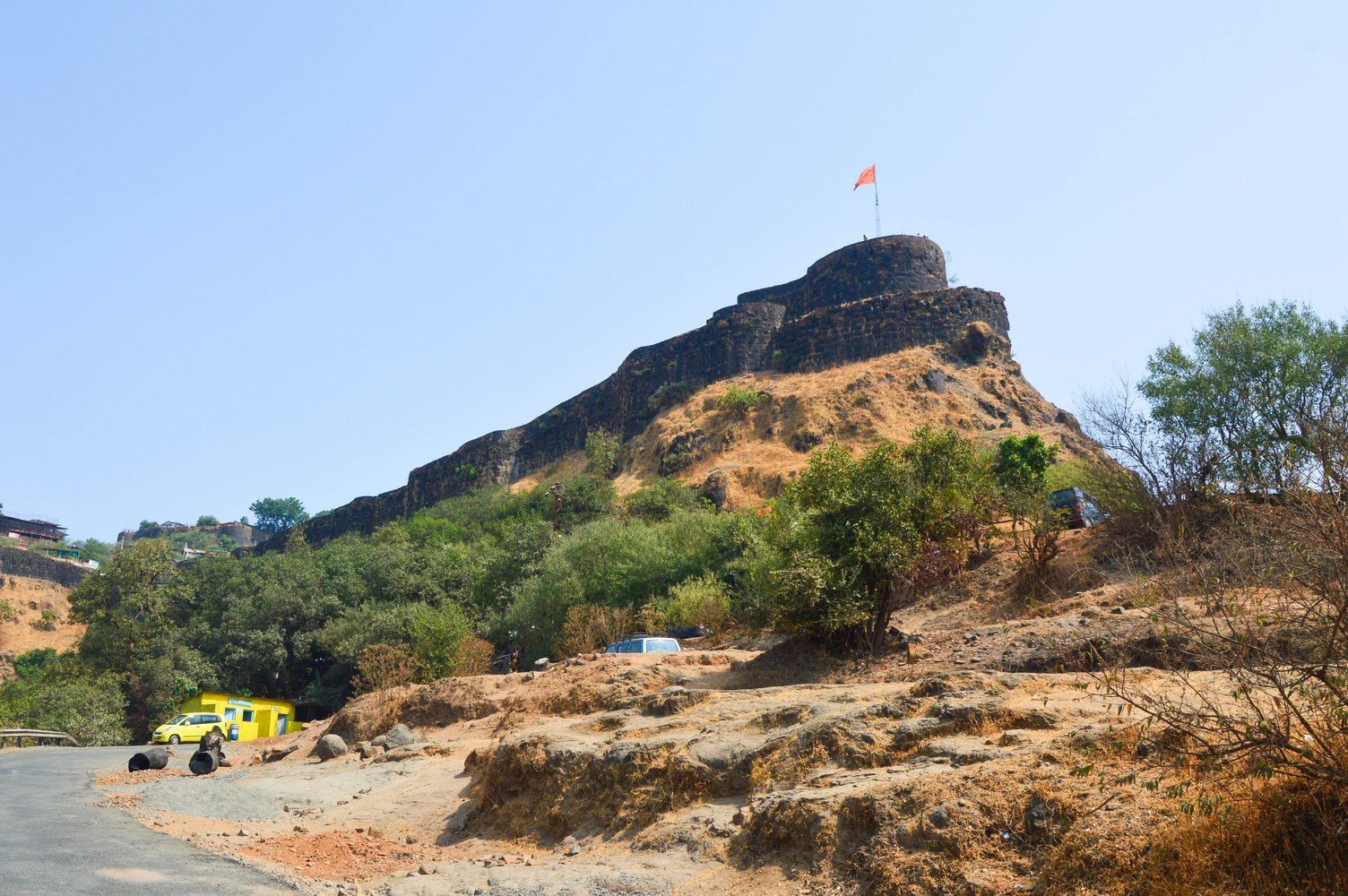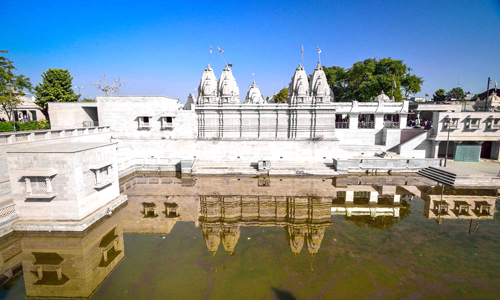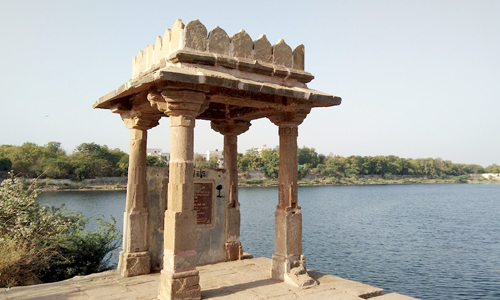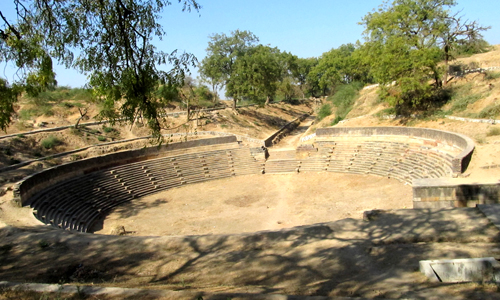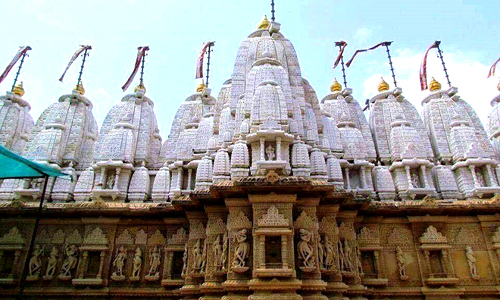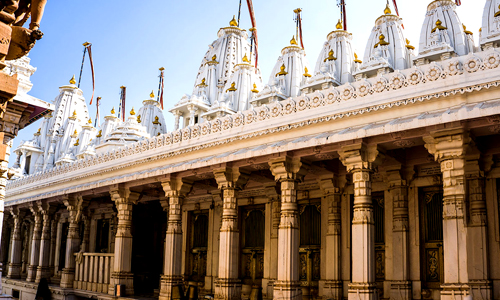The design of the Rani ki vav is an artistic stepwell in Patan, Gujarat, India. The stepwell is on the banks of the Saraswati River. The stepwell came into existence as a tribute to Bhimdev I, an 11th-century AD ruler. It came to the UNESCO World Heritage Sites list on June 22, 2014. The Rani ki Vav is a trendy place to visit in Patan.
Stepwells are a unique type of water resource and storage system on the Indian subcontinent that has been used since the third millennium BC. It was built in the Maru-Gurjara architecture style. It has an inverted temple and seven levels of stairs, and it houses over 500 significant sculptures.
Rani ki Vav won the "Cleanest Iconic Place" title in India at the Indian Sanitation Conference (INDOSAN) 2016 in New Delhi in October 2016. Prime Minister Narendra Modi inaugurated the conference that honoured the monument.
History
Rani Udayamati of the Chalukya Dynasty built the stepwell in 1063 to remember her husband, Bhimdev I. Udayamati, Naravaraha Khangara's daughter, constructed the stepwell in 1304 in Patan. The exact composition also says that the stepwell came into existence in 1063 and was completed 20 years later.
Archaeologists Henry Cousens and James Burgess explored it in the 1890s. It was entirely inside silt, with only the shaft and a few pillars visible. The stepwell came to light in the 1940s and was repaired by the Archaeological Survey of India in the 1980s.
Who was the queen of Rani Ki Vav?
Rani-ki-Vav is an 11th-century stepwell on the Saraswati River in Patan, Gujarat, India. Udayamati, the widow of Queen of Bhimdev I (AD 1022-1063), is claimed to have built the stepwell in 1050 AD in memory of the monarch.
Why was Rani Ki Vav buried?
It is a belief that the stepwell was underground due to the Saraswati River's flood. It came into existence after decades of meticulous clearance and repair by the Archaeological Survey of India, beginning in 1958. A place must be on the list during the Patan tour package.


